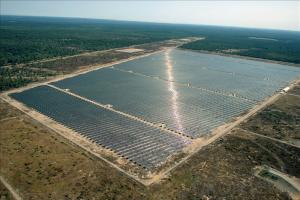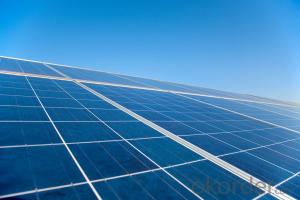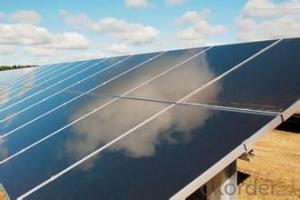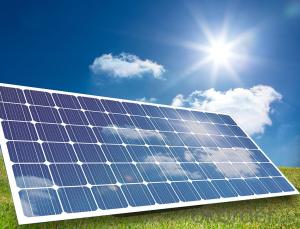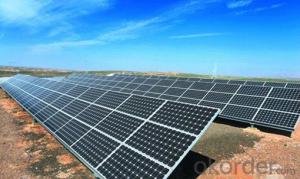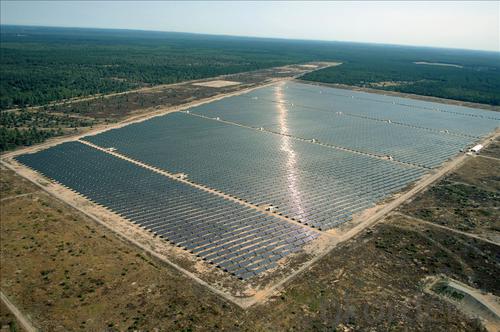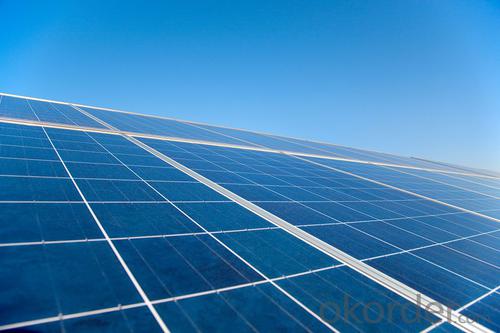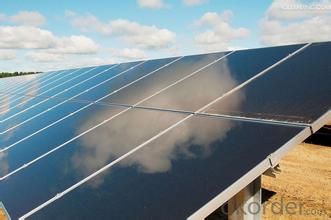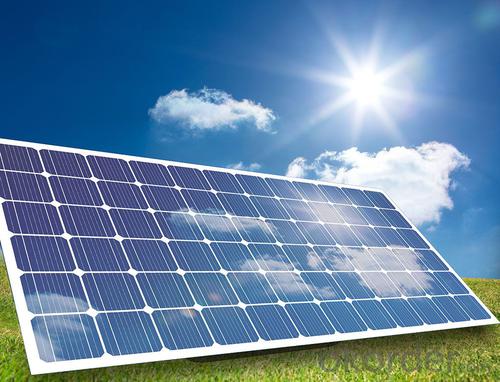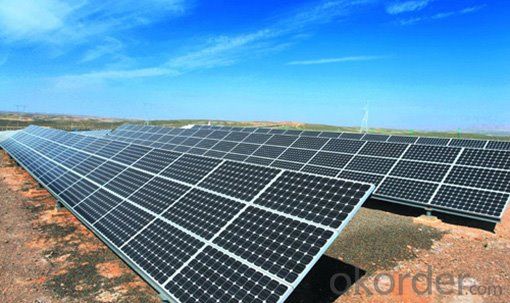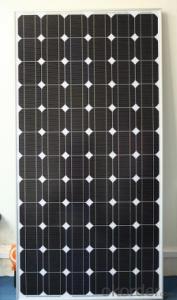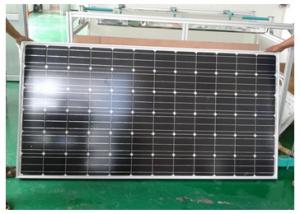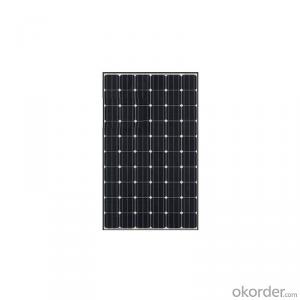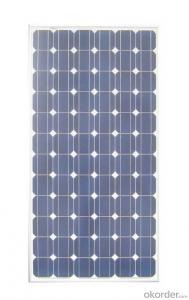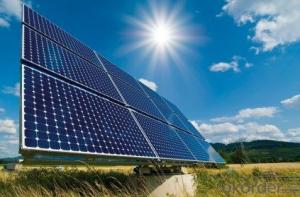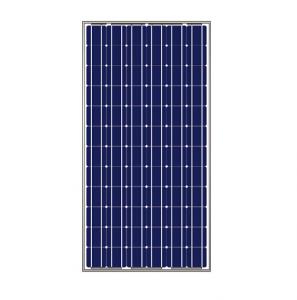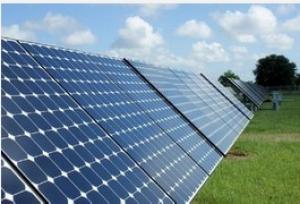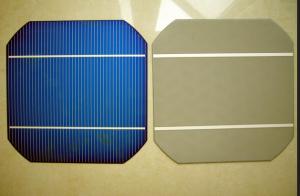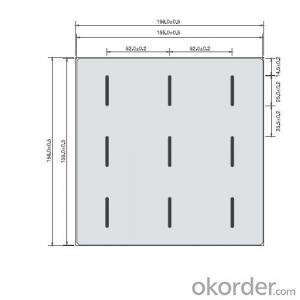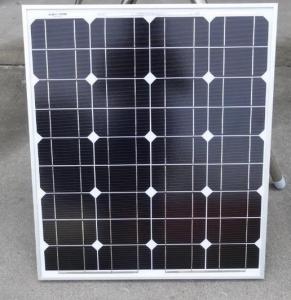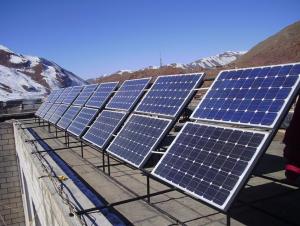FS-M180-72 Six Junction Solar Cells Home Use Mono Solar Module 180W
- Loading Port:
- Shanghai
- Payment Terms:
- TT OR LC
- Min Order Qty:
- 11 watt
- Supply Capability:
- 111111 watt/month
OKorder Service Pledge
OKorder Financial Service
You Might Also Like
1.Structure of Solar Module Description
The solar module is an off-gird solar power generator, designed to provide stable and reliable electricity to homes and communities without access to grid electricity or to those regions where are short of power or even without power. The solar module is convenient to move, easy to set-up with reliable performance, making it ideal for situations where emergency power is required. It is an ideal & reliable energy source for a wide variety of applications, ranging from lighting , radios, fans ,televisions ,computers ,refrigerator. The USB port is compatible with all 5V-USB charged devices. It can also act as a back-up power source during emergency situations.
2.Main Features of the Solar Module
1).High conversion efficiencies resulting in superior power output performance.
2).Outstanding power output even in low light or high temperature conditions
3).Optimized design for ease of soldering and lamination
4).Long-term stability,reliability and performance
3.Solar Module Images
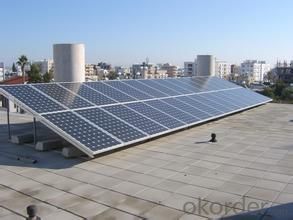
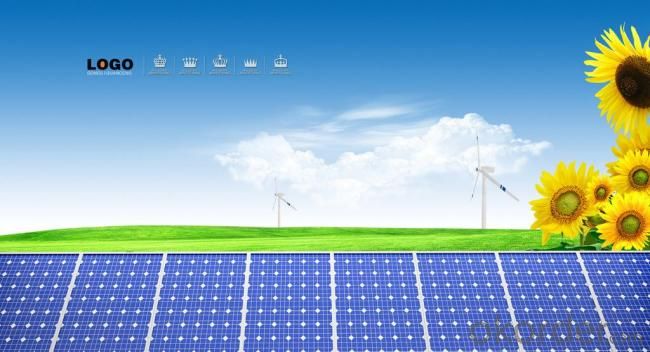
4.Solar Module Specification
Material: molycrystalline silicon
Maximum power: 180W
Cell type: molycrystalline silicon 125mm*125mm
Size: 1580*808*35mm
Number of cells: 72 pieces
Voltage: 1,000V DC
| Maximum power voltage(Vmp) | 36.00V |
| Maximum power current(Imp) | 5.00A |
Open circuit voltage(Voc) | 44.80V |
| Short circut current(Isc) | 5.29A |
| Operating temperature | 44.4±2Co |
Temp.Coeff.of Isc(TK Isc) | 0.06%/ C |
| Temp.Coeff.of Voc(TK Voc) | 0.397%/ C |
| Temp.Coeff.of Pmax(TK Pmax) | 0.549%/ C |
| Weight | 14.5KG |
5.FAQ of Solar Module
1). Q: Are you a factory or trading company?
A: We are a factory.
2). Q: Where is your factory located? How can I visit there?
A: Our factory is located in Jiangyin, Jiangsu, China, near Shanghai. You are warmly welcomed to visit us!
3). Q: How can I get some samples?
A: Please connect me for samples
4). Q: Can the price be cheaper?
A: Of course, you will be offered a good discount for big amount.
- Q: What is the efficiency of solar cells?
- The efficiency of solar cells can vary, but on average, it ranges from around 15% to 20%. However, some advanced solar cell technologies can achieve efficiencies of up to 40%.
- Q: Can solar cells be used in remote areas with no grid access?
- Yes, solar cells can be used in remote areas with no grid access. Solar cells convert sunlight into electricity, making them an ideal solution for remote areas where traditional power grids are not accessible. These off-grid solar systems can provide a reliable and sustainable source of electricity for various applications such as lighting, charging small devices, and powering basic appliances. Additionally, advancements in battery storage technology allow excess energy generated during the day to be stored and used during the night, ensuring continuous power supply even in remote areas without grid access.
- Q: How much does a solar cell weigh?
- The weight of a solar cell can vary depending on its size and type, but on average, a standard-sized solar cell weighs around 6 ounces or 170 grams.
- Q: What are the 3 things you need to know before you start to make solar cells?
- There is another easy way to make a solar cell by using 2 small sheets of brushed copper and setting 1 of them on the hot plate for half an hour until the copper turns black. Some magic will happen.
- Q: What is the impact of shading on solar cell performance?
- Shading has a significant impact on solar cell performance as it reduces the amount of sunlight reaching the cells, leading to decreased energy production. Even partial shading, such as from trees or nearby buildings, can result in substantial losses in power output. This is because solar cells are connected in series, and when one cell is shaded, it acts as a barrier to the current flow, affecting the performance of the entire system. To mitigate this issue, shading analysis and proper system design, like using bypass diodes, can help minimize the impact of shading on solar cell performance.
- Q: Can solar cells be used for off-grid applications?
- Yes, solar cells can indeed be used for off-grid applications. Solar cells convert sunlight into electricity, which can be stored in batteries for later use. This capability makes them ideal for powering off-grid applications such as remote cabins, RVs, and even small electronic devices like calculators and outdoor lighting. By harnessing the power of the sun, solar cells offer a sustainable and reliable energy source for off-grid situations.
- Q: Can solar cells be used to power remote oil and gas monitoring systems?
- Yes, solar cells can be used to power remote oil and gas monitoring systems. Solar cells convert sunlight into electrical energy, which can be stored in batteries or used directly to power monitoring systems. This renewable energy source provides a reliable and sustainable solution for remote locations where traditional power infrastructure may be unavailable or costly to install.
- Q: Can solar cells be used in wearable technology?
- Yes, solar cells can be used in wearable technology. They can be integrated into clothing, accessories, and even smartwatches to harness solar energy and power the devices, providing a sustainable and convenient power source for wearable technology.
- Q: Can solar cells be used for powering remote sensing devices?
- Yes, solar cells can be used for powering remote sensing devices. Solar cells convert sunlight into electricity, making them an ideal power source for remote sensing devices that are often located in areas without access to traditional power grids. Additionally, solar cells are renewable and environmentally friendly, making them a sustainable option for powering these devices.
- Q: Can solar cells be used in weather monitoring systems?
- Yes, solar cells can be used in weather monitoring systems. Solar cells can generate electricity from sunlight, which can be used to power various components of weather monitoring systems such as sensors, data loggers, and communication devices. This allows for remote and autonomous operation of these systems, making solar cells an ideal and sustainable power source for weather monitoring applications.
Send your message to us
FS-M180-72 Six Junction Solar Cells Home Use Mono Solar Module 180W
- Loading Port:
- Shanghai
- Payment Terms:
- TT OR LC
- Min Order Qty:
- 11 watt
- Supply Capability:
- 111111 watt/month
OKorder Service Pledge
OKorder Financial Service
Similar products
Hot products
Hot Searches
Related keywords
